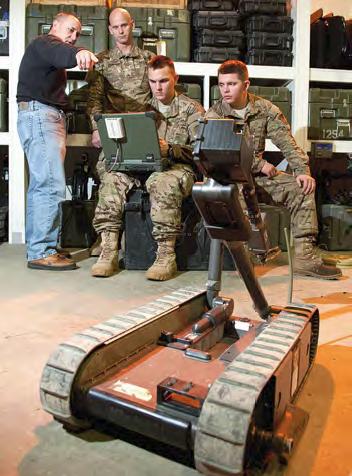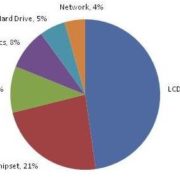 Recently, the 2013 Robotics Roadmap was presented to the Congressional Robotics Caucus. This is an updated version of the 2009 report, which helped established the National Robotics Initiative (NRI), a federal multi- agency joint effort.
Recently, the 2013 Robotics Roadmap was presented to the Congressional Robotics Caucus. This is an updated version of the 2009 report, which helped established the National Robotics Initiative (NRI), a federal multi- agency joint effort.
Members of the unmanned system community are barraged with roadmaps all the time, so it would be tempting to ignore this one. However, key influencers are involved in this roadmap, so it should be considered seriously. You can slog through all 129 pages of the report or examine the highlights described here.



 Army Maj. Gen. Lynn A. Collyar, former director of Defense Logistics Agency’s logistics operations, is not scared of sequestration and he doesn’t want you to be either.
Army Maj. Gen. Lynn A. Collyar, former director of Defense Logistics Agency’s logistics operations, is not scared of sequestration and he doesn’t want you to be either.













